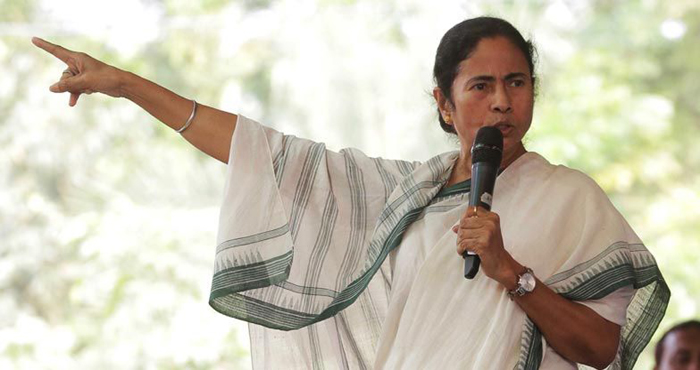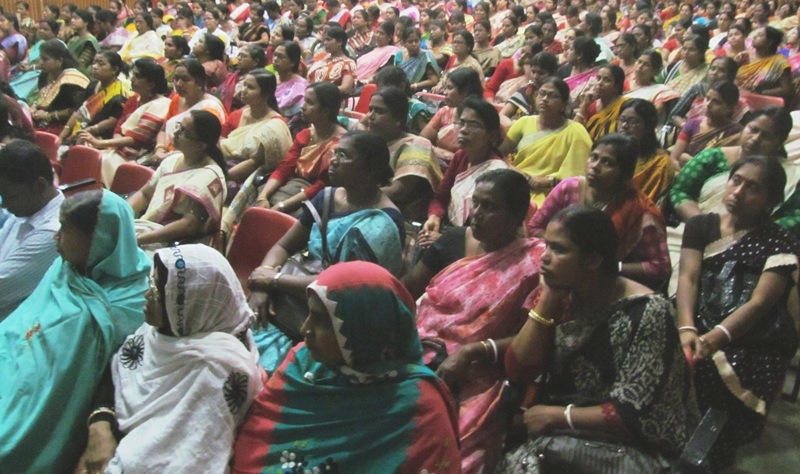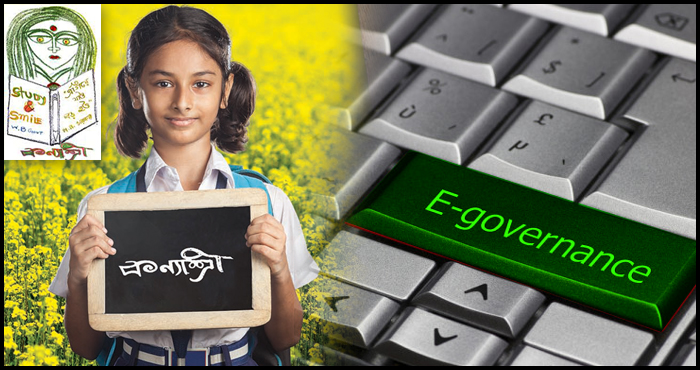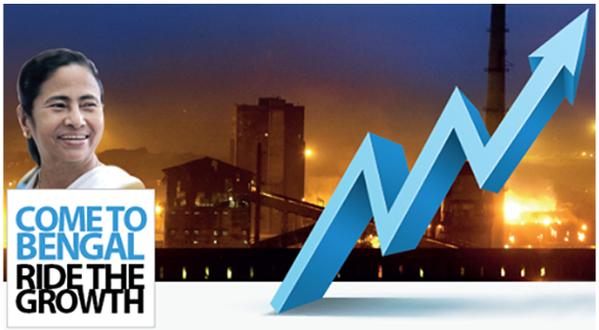West Bengal Government in the last three years have taken numerous steps for the development of women. 8 March being internationally marked as Women’s Day, adds to the sense of proud feeling on Bengal’s achievements for their women and girl child.
Kanyashree Scheme:
The West Bengal Government has launched Kanyashree Scheme for the girl child development. Under the Scheme, the Government provides an annual scholarship of Rs 500 (now proposed to Rs 750 in the State Budget 2015) to girls between the age of 12 and 18 (class eight to class 12) to continue with their studies, provided they are unmarried. An onetime grant of Rs 25000 is provided to the girl once she reaches the age of 18, to pursue higher studies.
This Scheme is aimed to stop the problem of early marriage of the girl child and incentivise them to continue higher studies. Every year, 14 August is observed as Kanyashree Divas in West Bengal. Till date, 22 lakh beneficiaries have been enrolled and assistance given to more than 20 lakh beneficiaries. West Bengal Government has allocated a sum of Rs 850 Crore for the Kanyashree project.
Success of the Scheme:
After implementation of the Scheme, the school dropout rate among girls has decreased significantly. According to the National Sample Survey (NSS) 2014, the rate of school drop out of girl child in Bengal is 1.28%, while in 2009 it was 2.34%.
The national average of school dropout among girls in the NSS 2014 is 3.23%.
National and International Acclaim:
The project has received national and international acclaim. UNICEF have partnered with the State for implementation. The project was applauded and acknowledged as one of the ‘Best Practices’ by Department for International Development (DFID) and was selected for a presentation at the ‘Girl Summit 2014’ held at London. It has received the first prize in Manthan South Asia & Asia Pacific Awards in e-Governance.
West Bengal has bagged the prestigious national award for ‘Outstanding Service in Citizen-Centric Service’ for the Kanyashree project.
Other Initiatives for Girl Child:
Apart from the Kanyashree Project, West Bengal Government has provided 5 lakh cycles to girl students in the rural areas so as they do not face the problem of transportation to school. 12.5 lakh girls are covered under the scheme, ‘sabala’, which is an empowered scheme for adolescence girls. ‘Poorna Sakti Kendra’, a pilot project has been started for low sex ratio among child.
WB Government is the first to design a State Plan of Action for Children (SPAC) for 2014-18. Aaganwari is a state sponsored child care and mother care center in India. Till May, 2011 the number of Aaganwari centers were 21,426 and in last three years 14,500 new Aaganwari centers have been opened.
The allocations for Child Development Department has gone up by 16% and for Woman Development and Social Welfare Department has gone up by 12% in the State Budget 2015.








